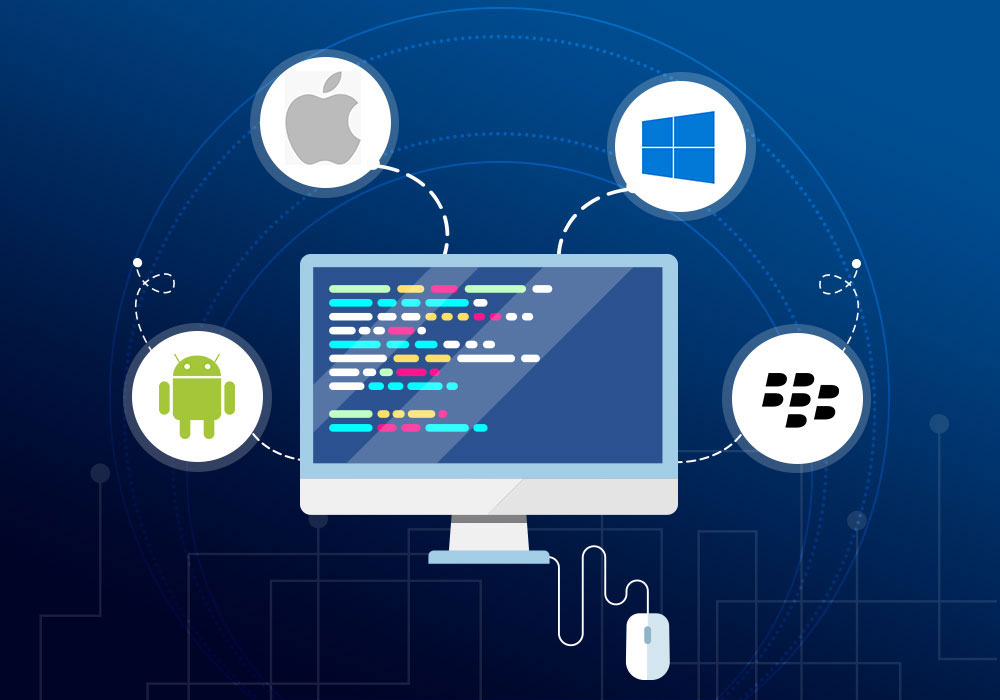Building Cross-platform Apps
Businesses are moving towards cross-platform applications development to increase their product visibility and let their users enjoy accessibility through more than one platform. However, These apps differentiate themselves in terms of cost and development time.
Cross-platform App Development?
So what exactly are these cross-platform apps? These apps are simply the apps that use the same code base to function on multiple operating systems, for example, iOS, windows, and android. These apps embody two types of frameworks;
Native Cross-platform Framework
These apps are coded with a specific programming language and serve on a specific operating system providing fast performance. Moreover, these frameworks include developing a unified API and using this same codebase for both Android and iOS apps
Hybrid Cross-platform Framework
These apps render the user interface using an embedded web browser, leveraging HTML, CSS, and Javascript.
Approaches To Cross-platform App Development
In particular, the latest approaches to developing cross-platform apps include:
Rapid Mobile Application Development (RMAD)
Where it is easy and quick to build and manage internal apps in order to address specific business issues.
Windows Universal Apps
The same codebase is used for all the windows devices so that it runs the same app on PC’s, smartphones, tablets etc.
Progressive Web Apps
These apps act as mobile apps taking advantage of native mobile device features. It resides on your mobile screen and uses push notifications as well.
Why Develop Cross-platform Apps?
Some of the motives and reasons behind the rising popularity of cross-platform apps include:
Greater Compatibility Means Greater Reach
With these apps capable of working on multiple platforms, the target audience will have greater reach and accessibility to company offerings.
Real-time Development
As a single API or codebase is to be used for multiple platforms, this means a single codebase has to be developed. This results in faster development of apps with an added advantage to be compatible with multiple platforms.
Cost-effective
Cost is saved in two ways. Firstly, the development of a single codebase developed for various platforms. Secondly, as the development is faster, it saves on development costs.
Easy integration
Owing to a cloud-based environment, it is easy to integrate these applications on different platforms.
Cross-platform App Development Process
The development process takes in various steps listed below:
- Research and strategy
- Designing prototype
- Determining technical feasibility
- App development
- App structuring
- Testing
- Releasing the App
Summing up
In other words, Developing apps that are compatible with multiple platforms, has now become a buzz factor in the present era of digitization. It has helped in creating seamless grounds for almost all the possible platforms in order to reach target customers. Businesses tend to hire professionals specialized in cross-platform app development to capitalize on cost and process efficiency.




Worth to read and share, really an informative blog.
👍👍👍
Finally, find something to share today.